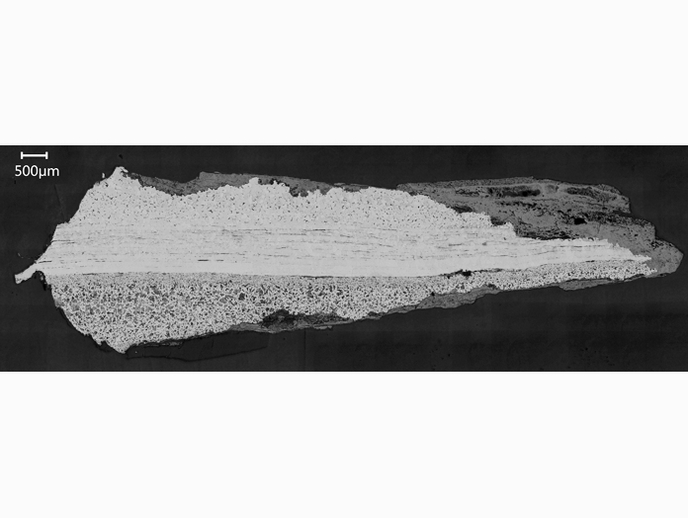The impact of environmental and social contexts on iron technology development in pre-Roman Iberia
Several millennia before the Industrial Revolution, iron already played a fundamental role in prehistoric societies in Europe. The IBERIRON project worked to improve our understanding of how iron technology was discovered, perceived, learnt and developed in the western Mediterranean. Undertaken with the support of the Marie Skłodowska-Curie Actions programme, this research enhances our knowledge on how humans interacted with their environment, and with each other.
Ironworking techniques shape cultures
The project sought to contribute to this field by studying the case of the Iberian Peninsula in the late Iron Age (6th to 3rd centuries BCE). Marc Gener-Moret, IBERIRON project fellow, explains: “This is a particularly interesting case because Iberia was the meeting point of two of the technological traditions that spread iron technology in the Mediterranean and Europe: the Orientalising (Phoenician and Greeks), and the Central European (Hallstatt and La Tène) cultures.” Their influences would end up respectively configuring two of the major cultural groups on the peninsula, the Iberians and the Hispano-Celts. By characterising their iron technology, IBERIRON investigated how ironworking technology shaped their world and was, at the same time, shaped by it. Project researchers succeeded in identifying different ironworking techniques for each cultural area and explaining iron use in multiple aspects of their life. Some were very practical, such as making their weapons more effective, lethal and solid, (see sword in photo above), and others more symbolic, such as the production of black decorations or the treatment of artefacts in their funerary rituals.
High-carbon steel
Above all, the project revealed the intentional production and use of high-carbon steel to extents never documented before in this area, hinting at its consumption as a rare commodity to be traded and valued. This discovery raises new questions on the power relationships that would have been established around the control of this resource that was so useful for weapons and tools. It also opens questions about the mechanisms governing development, management and transmission of the highly specialised knowledge needed to produce it. IBERIRON also designed and implemented a strict methodology to gather high-quality technological data from selected iron objects from Spanish and Portuguese sites in museum collections. The team applied a specific process to better extract the information from archaeological iron, no matter how corroded, optimising analytical protocols through digital microscopy and quantitative scanning electron microscopy/energy dispersive X-ray spectrometry. “We also tested the application of high-energy non-invasive techniques such as neutron diffraction to prehistoric iron artefacts,” Gener-Moret adds. This allowed the team to study non-destructively highly significant specimens never before analysed. Also commenting on the project’s achievements, coordinator Marcos Martinón-Torres concludes: “Several projects at the McDonald Institute for Archaeological Research(opens in new window) are seeking to explain how multiple technologies across the world developed differently in response to environmental and social contexts. Using cutting-edge science, IBERIRON has provided a great piece of the puzzle.”







